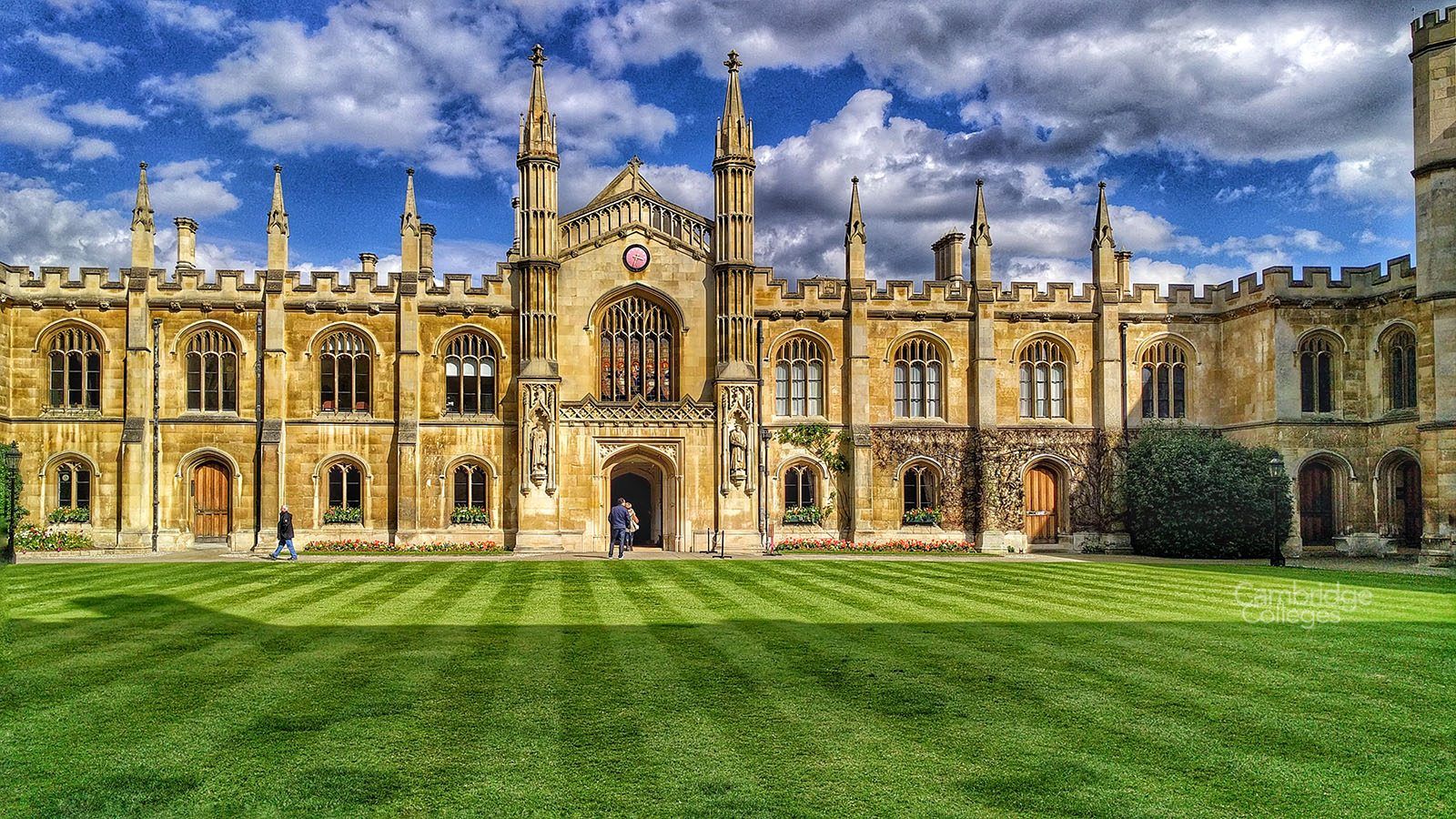Changes to the ACT: A Shorter More Flexible Test Coming in 2025
Read now/f/64062/205x153/8184f10bcb/uk-tests.png)
/f/64062/1920x800/eafcf15b1b/blog-header-this-week-in-admissions-news-1920-x-800.jpg)
Affirmative Action Goes to Debate in the US Supreme Court

University admissions in the United States might be set to change forever as the Supreme Court hears two cases concerning race-based admissions policies at elite institutions like Harvard University and the University of North Carolina. Affirmative action helps underrepresented groups to gain admission to colleges where, for centuries, they have been underrepresented. This Supreme Court case is the latest in a spate of disputes surrounding admissions at top colleges in the US, with institutions coming under fire for their policies, fee structures and general admissions philosophies. A decision on the two cases will likely be delivered in June, 2023. However, verdicts could be different for Harvard, a private institution, and UNC, a public university that has to abide by an additional set of rules. If the Supreme Court blocks the ability of universities to consider race, there will be a significant drop in the number of students of color being admitted to elite and selective universities. This could also have a knock-on effect on employers who work to diversify their workforces.
Columbia Falls in the Rankings from #2 to #18

College rankings in the United States came under fire when Columbia University dropped to the #18 from the #2 spot in the U.S. News & World Report's annual college rankings after admitting it had submitted inaccurate data in earlier years — the university has not ranked as low as #18 since 1988. Columbia faculty member, Professor Michael Thaddeus, scrutinized the university’s place in the U.S. News rankings, questioning the accuracy of the data the University had submitted. U.S. News relies heavily on data self-reported by universities to compile its rankings, which substantially influences students' college choices. “The broader lesson everyone should keep in mind is that U.S. News has shown its operations are so shoddy that both of [the rankings] are meaningless,” Thaddeus said. “If any institution can decline from No 2 to No 18 in a single year, it just discredits the whole ranking operation,” he adds.
Top Law Schools Pull Out of US News Rankings

In a further blow to college rankings, more than 14 of the top law schools pulled out of the US News & World Report’s annual rankings. Nine of the so-called T-14 elite law schools, including Yale, UCLA, UC Irvine, Berkeley, Columbia, Duke, Georgetown, Harvard, Michigan, Northwestern, and Stanford pledged to stop submitting internal data for the U.S. News. “The rankings rely on flawed survey techniques and opaque and arbitrary formulas, lacking the transparency needed to help applicants make truly informed decisions,” wrote Kerry Abrams, dean of Duke Law. Meanwhile, U.S. News said it will continue to rank law schools even without their participation.
Demand for Oxbridge Falls for the First Time in Eight Years

US Universities Receive Record Number of Applications for 2027
